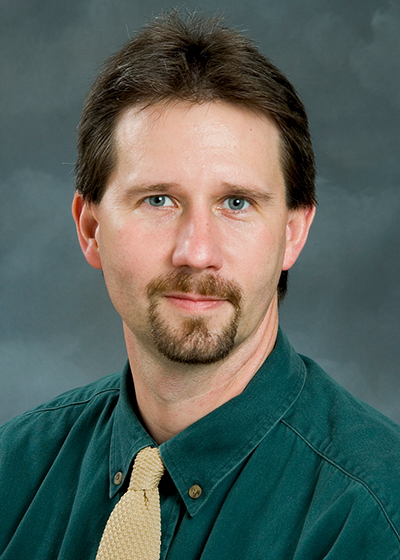
Orion is funded through grants totaling $22 million from the National Oceanic and Atmospheric Administration to support NOAA research activities in environmental modeling, including weather modeling and simulation. This new system is nearly 10 times larger,” Breckenridge said. “Our previous system, Shadow, was capable of over 593 trillion calculations per second. It requires a megawatt of power to run and 250 tons of chilled water for cooling. It has 72,000 processing cores and nearly 350 terabytes of Random Access Memory, or RAM.īreckenridge described the magnitude of Orion’s physical size as 28 computer cabinets, with each cabinet being the size of an industrial refrigerator. Located in the Thad Cochran Research, Technology and Economic Development Park adjacent to the Starkville campus, Orion is MSU’s largest supercomputer to date. “That is five thousand trillion calculations per second.” “Orion is capable of over 5 petaFLOPS, or Trillion Floating Point Operations Per Second, of computer power,” Breckenridge said. Trey Breckenridge, director of high performance computing at Mississippi State’s High Performance Computing Collaboratory, known as HPC 2, said supercomputing capabilities are imperative to the university’s research enterprise. The list, which ranks the world’s most powerful non-distributed computer systems, also gives the MSU supercomputer an overall worldwide ranking of No.

A new Top500 Supercomputer Site ranking released this week reveals that MSU’s “Orion” is the 4th fastest academic system in the U.S. With this month’s installation of a new supercomputer capable of more than 5 quadrillion-that’s 5,000,000,000,000,000-calculations per second, the university is strengthening its reputation as a leader for cutting-edge computational research. STARKVILLE, Miss., JFrom improving weather forecasts to making safer and more fuel-efficient vehicles to better securing the cyber world, Mississippi State’s technologically-advanced supercomputers have been helping researchers identify solutions to real-world challenges for decades. They offer Masters of Science (thesis and non-thesis options) and Doctor of Philosophy degrees.Since 1987 - Covering the Fastest Computers in the World and the People Who Run Them The Chemical Engineering department has broad research interests in many cutting-edge areas in chemical engineering science including the design and characterization of emergent optoelectronic materials, self-assembly and mechanics of soft materials, synthesis and characterization of biopolymers, membrane-based separation, fluid property measurement/prediction, chemical catalysis and reaction engineering, modeling and simulation, treatment of waste using bacteria, removal of heavy metals from contaminated soil, gas hydrates for storing natural gas, crystallization for separating chemicals, biomass conversion, photopolymerization, electron-beam polymerization, Raman spectroscopy, modeling of heat and mass transport in chemical reactors, carbon storage, interfacial phenomena, data analytics and machine learning, and microreactor technologies.

Faculty and students also conduct research at the Advanced Composites Institute, the Raspet Flight Research Laboratory, and the Center for Advanced Vehicular Systems (CAVS), which is a member of the High Performance Computing Collaboratory.Īerospace Engineering Online Graduate Program Research by faculty and students is performed in state-of-the-art facilities such as the Advanced Performance Composite Materials Laboratory and the Autonomous System Research Lab.

Areas of study include aeroacoustics, aerodynamics, aeroelasticity, autonomous systems, computational fluid dynamics, design optimization, fatigue and fracture, fluid structure interaction, guidance and control, nondestructive evaluation, and structures and composites. The Department of Aerospace Engineering offers graduate study leading to the degrees of Master of Science in Aerospace Engineering (thesis and non-thesis) and Doctor of Philosophy with an Aerospace Engineering concentration.


 0 kommentar(er)
0 kommentar(er)
